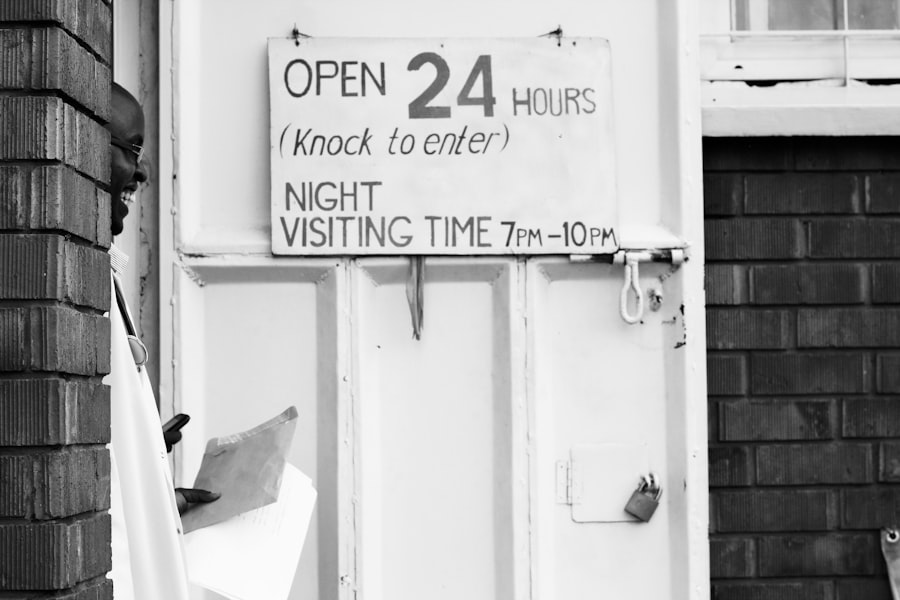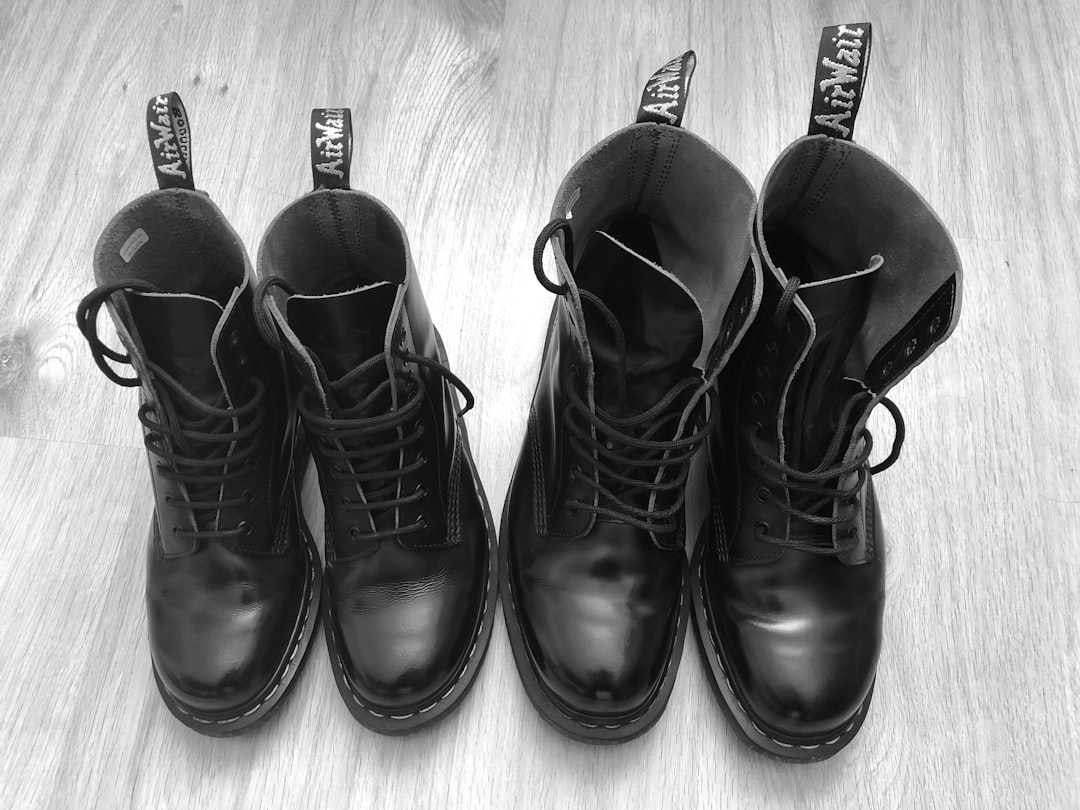Maternity and paternity leave in Norway is a well-structured system designed to support families during the crucial early stages of a child’s life. The Norwegian government recognises the importance of parental involvement in a child’s upbringing, which is reflected in its generous leave policies. This framework not only allows parents to bond with their newborns but also promotes gender equality by encouraging both mothers and fathers to take time off work.
The leave system is comprehensive, encompassing various benefits and options tailored to meet the diverse needs of families. In Norway, maternity leave typically begins before the birth of the child, allowing mothers to prepare for childbirth while ensuring they have adequate time to recover post-delivery. Paternity leave, on the other hand, is designed to encourage fathers to take an active role in their child’s early life.
The leave policies are not only beneficial for parents but also contribute to the overall well-being of children, fostering a nurturing environment that is essential for their development. Book your 1-hour strategy session with Norway Relocation Group.
Summary
- Maternity leave in Norway is 49 weeks at full pay or 59 weeks at 80% pay, while paternity leave is 15 weeks at full pay or 19 weeks at 80% pay.
- Maternity leave benefits in Norway include prenatal care, childbirth, and postnatal care, with the option to transfer some weeks to the father.
- Paternity leave benefits in Norway provide fathers with the opportunity to bond with their child and support the mother during the postnatal period.
- Eligibility for maternity and paternity leave in Norway is available to all employees, including self-employed individuals, with a minimum of six months of work before the due date.
- To apply for maternity and paternity leave in Norway, individuals must notify their employer and the Norwegian Labour and Welfare Administration (NAV) at least three months before the leave starts.
Maternity Leave Benefits in Norway
Norwegian maternity leave benefits are among the most generous in the world, providing mothers with a substantial period of paid leave. Mothers are entitled to a total of 49 weeks of leave at full pay or 59 weeks at a reduced rate. This flexibility allows mothers to choose a plan that best suits their financial situation and personal preferences.
The leave can be taken before or after the birth, with a minimum of three weeks required to be taken before the expected delivery date. This ensures that mothers have adequate time to prepare for childbirth while also allowing for recovery afterwards. In addition to the duration of leave, the financial support provided during maternity leave is significant.
The payment is based on the mother’s income, ensuring that she receives a substantial portion of her salary during this critical time. This financial security allows mothers to focus on their health and their newborn without the added stress of financial instability. Furthermore, the system is designed to be inclusive, accommodating various family structures and situations, which is a testament to Norway’s commitment to supporting all families.
Paternity Leave Benefits in Norway

Paternity leave in Norway is equally progressive, reflecting the country’s commitment to promoting shared parenting responsibilities. Fathers are entitled to 15 weeks of paid paternity leave, which can be taken in conjunction with the mother’s maternity leave or separately. This provision encourages fathers to engage actively in their child’s early life, fostering a strong bond between father and child from the outset.
The leave can be taken flexibly, allowing fathers to choose how and when they wish to utilise their time off. The financial compensation during paternity leave mirrors that of maternity leave, with payments based on the father’s income. This ensures that fathers can take time off work without facing significant financial burdens.
Additionally, there are provisions for fathers who may not have been employed prior to the birth, ensuring that all fathers have access to this vital support. The emphasis on paternity leave not only benefits families but also contributes to a more equitable distribution of childcare responsibilities between parents.
Eligibility for Maternity and Paternity Leave in Norway
Eligibility for maternity and paternity leave in Norway is generally straightforward, designed to ensure that as many parents as possible can benefit from these provisions. To qualify for maternity leave, mothers must have been employed for at least six months prior to the birth of their child. This requirement ensures that those who have contributed to the workforce are supported during this significant life event.
For fathers, eligibility for paternity leave follows similar guidelines; they must also have been employed for a minimum period before the birth. In addition to employment requirements, there are provisions for self-employed individuals and those who may not have traditional employment contracts. The Norwegian government has established systems to ensure that all parents, regardless of their employment status, can access maternity and paternity benefits.
This inclusivity reflects Norway’s commitment to supporting families from all walks of life, ensuring that every parent has the opportunity to bond with their child during those formative months.
How to Apply for Maternity and Paternity Leave in Norway
Applying for maternity and paternity leave in Norway involves a clear process that is designed to be user-friendly for parents. The first step typically involves notifying one’s employer about the intention to take leave. It is advisable for parents to communicate their plans as early as possible, allowing employers ample time to make necessary arrangements.
This early notification can help facilitate a smoother transition for both the employee and the employer. Once the employer has been informed, parents must then apply for benefits through the Norwegian Labour and Welfare Administration (NAV). This application process can often be completed online, making it accessible and efficient.
Parents will need to provide relevant documentation, including proof of employment and income details. NAV processes these applications promptly, ensuring that parents receive their benefits in a timely manner so they can focus on their new family responsibilities without undue delay.
Health Benefits Available during Maternity and Paternity Leave

During maternity and paternity leave, parents in Norway are entitled to various health benefits designed to support their well-being and that of their newborns. The Norwegian healthcare system provides comprehensive prenatal and postnatal care, ensuring that mothers receive regular check-ups throughout their pregnancy and after childbirth. This includes access to midwives and healthcare professionals who can offer guidance on maternal health, infant care, and breastfeeding.
Additionally, parents can access mental health support during this transitional period. The importance of mental well-being cannot be overstated, especially as new parents navigate the challenges of parenthood. Resources such as counselling services and support groups are available through healthcare providers and community organisations, helping parents manage any emotional or psychological challenges they may face during this time.
Support and Resources for Parents on Maternity and Paternity Leave
Norway offers a wealth of support and resources for parents on maternity and paternity leave, recognising that this period can be both rewarding and challenging. Local municipalities often provide parenting classes and workshops aimed at equipping new parents with essential skills and knowledge about childcare. These resources cover various topics, including infant care, nutrition, and developmental milestones, empowering parents with confidence as they embark on their parenting journey.
Moreover, online platforms and community groups serve as valuable sources of information and support. Parents can connect with others who are experiencing similar challenges, sharing advice and experiences that can help ease the transition into parenthood. The sense of community fostered through these resources is invaluable, providing reassurance and camaraderie during what can be an overwhelming time.
Returning to Work after Maternity and Paternity Leave in Norway
Returning to work after maternity or paternity leave is a significant transition for many parents in Norway. The country’s policies are designed to facilitate this process smoothly, allowing parents to reintegrate into their professional roles while balancing family responsibilities. Employers are encouraged to maintain open lines of communication with returning employees, discussing flexible work arrangements that may be necessary as parents adjust back into their routines.
Furthermore, many workplaces in Norway offer parental transition programmes aimed at easing this shift back into work life. These programmes may include part-time work options or gradual re-entry plans that allow parents to adjust without feeling overwhelmed. Such initiatives reflect an understanding of the challenges faced by new parents and demonstrate a commitment to supporting them as they navigate this important phase of life.
Flexibility and Options for Maternity and Paternity Leave in Norway
Flexibility is a cornerstone of Norway’s maternity and paternity leave policies, allowing families to tailor their leave according to their unique circumstances. Parents can choose how they wish to divide their leave between them, enabling them to create a plan that works best for their family dynamics. This flexibility extends not only in terms of duration but also regarding how leave can be taken—whether in one continuous block or broken up into smaller segments.
Additionally, there are options for shared parental leave that allow both parents to take time off simultaneously or staggered throughout the child’s early years. This arrangement fosters collaboration between partners in childcare responsibilities while also promoting gender equality in parenting roles. The ability to customise parental leave arrangements empowers families to make choices that align with their values and needs.
Balancing Work and Family Life in Norway
Balancing work and family life is a priority for many families in Norway, where societal norms encourage shared responsibilities between partners. The generous maternity and paternity leave policies play a crucial role in enabling parents to prioritise family without sacrificing their careers. Many workplaces actively promote work-life balance through flexible working hours and remote work options, recognising that happy employees are often more productive.
Moreover, cultural attitudes towards parenting in Norway support this balance; it is common for both mothers and fathers to take an active role in childcare duties. This shared approach not only strengthens family bonds but also contributes positively to children’s development by providing them with diverse role models. As such, families are empowered to create harmonious environments where both work commitments and family life can coexist successfully.
Other Considerations for Maternity and Paternity Leave in Norway
While Norway’s maternity and paternity leave policies are robust, there are additional considerations that prospective parents should keep in mind. For instance, understanding how parental benefits may impact future employment opportunities or career progression is essential for many individuals contemplating starting a family. Open discussions with employers about potential career implications can help mitigate any concerns.
Furthermore, it is important for parents to stay informed about any changes in legislation or policies regarding parental leave benefits. The Norwegian government periodically reviews its policies based on societal needs and economic conditions; thus, being proactive about understanding these changes can help families make informed decisions about their parental leave plans. In conclusion, Norway’s approach to maternity and paternity leave exemplifies a commitment to supporting families during one of life’s most significant transitions.
With generous benefits, flexible options, comprehensive health support, and resources available throughout the process, parents are well-equipped to navigate this journey successfully. As families embrace these opportunities, they contribute not only to their own well-being but also foster a culture that values both work-life balance and shared parenting responsibilities—an ethos that continues to shape Norwegian society positively. For those looking to enhance their experience as new parents while navigating these policies effectively, learning Norwegian can be incredibly beneficial.
At NLS Norwegian Language School, we offer tailored courses designed specifically for individuals seeking fluency in Norwegian while understanding cultural nuances related to family life in Norway. Our expert instructors provide engaging lessons that equip you with essential language skills needed for effective communication within your community—an invaluable asset as you embark on your parenting journey in this beautiful country!
Speak Norwegian with confidence. Enroll in a class at the NLS Norwegian Language School now.

